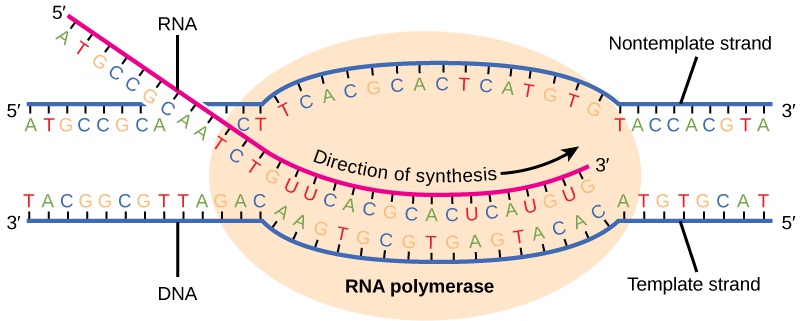dna template strand read in what direction
DNA in a space can be read right → left or left → right in any direction (figure above). This is because the two strands in a DNA helix are complementary, antiparallel, and run in opposite directions. Therefore, the directionality (or polarity) of DNA or RNA strands can be read in both directions (the number 5 ′ and 3 ′ refers to the carbon atom in a base), which will read 5′carbon → 3 ′ Position of carbon in a base.

What is very important to consider here is the direction of covalent bond extension of nucleic acid synthesis (during transcription and replication). The template strand that you refer to as the main strand will always be 3 ′ → 5 ′ and the new synthesis (complementary strand) will be the direction 5 ′ → 3 ′ (antiparallel). In the complementary lagging strand (5 ′ → 3 ′) the synthesis of the strand will be 3 ′ ← 5 ′. In both cases, the synthesis of the new strand will always be opposite to the template strand.
Therefore, in any given region in double-stranded DNA, the region that is used as the template strand, the direction will always be 3 ′ → 5 ′ and the direction of the complementary strand will be 5 ′ → 3 ′.